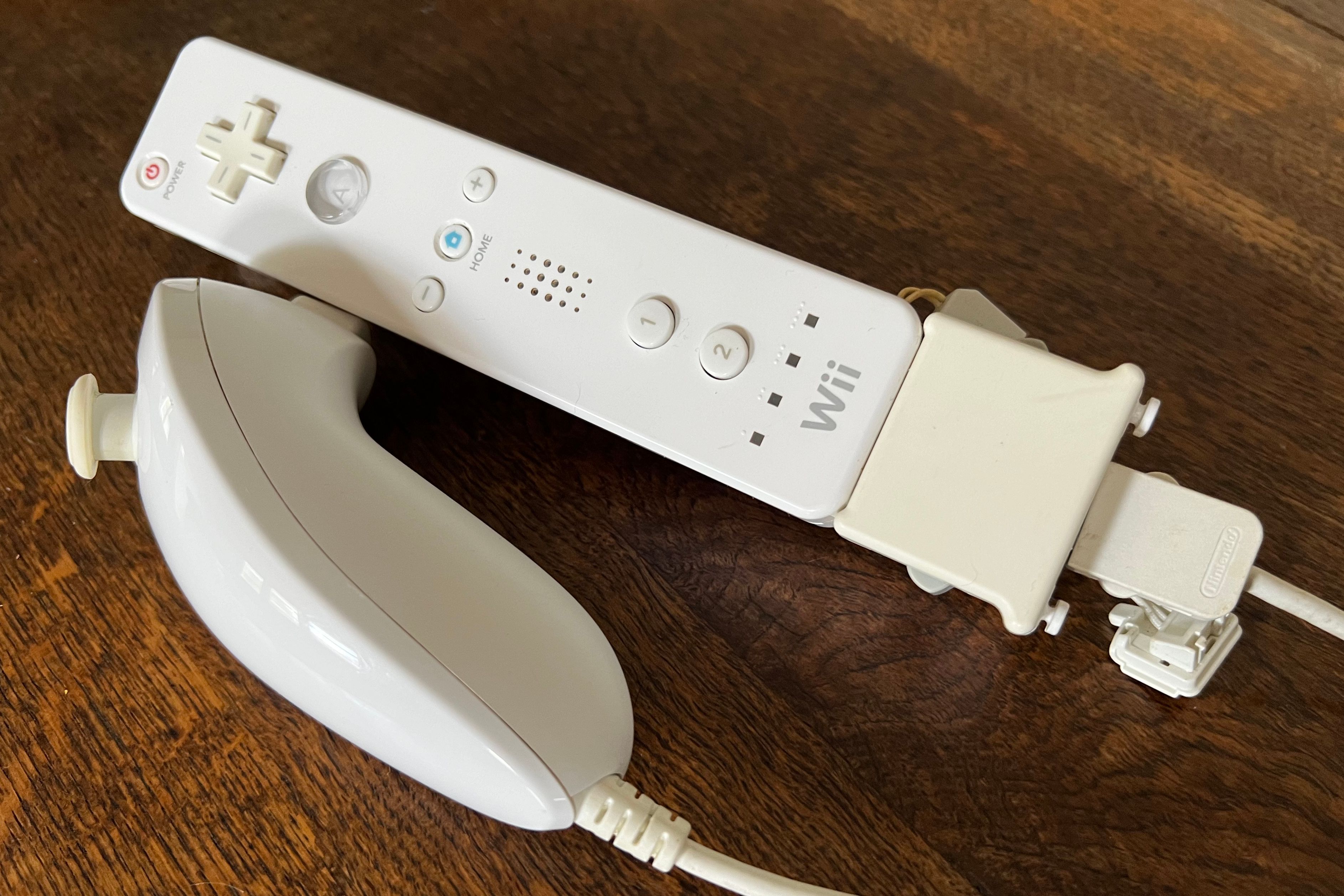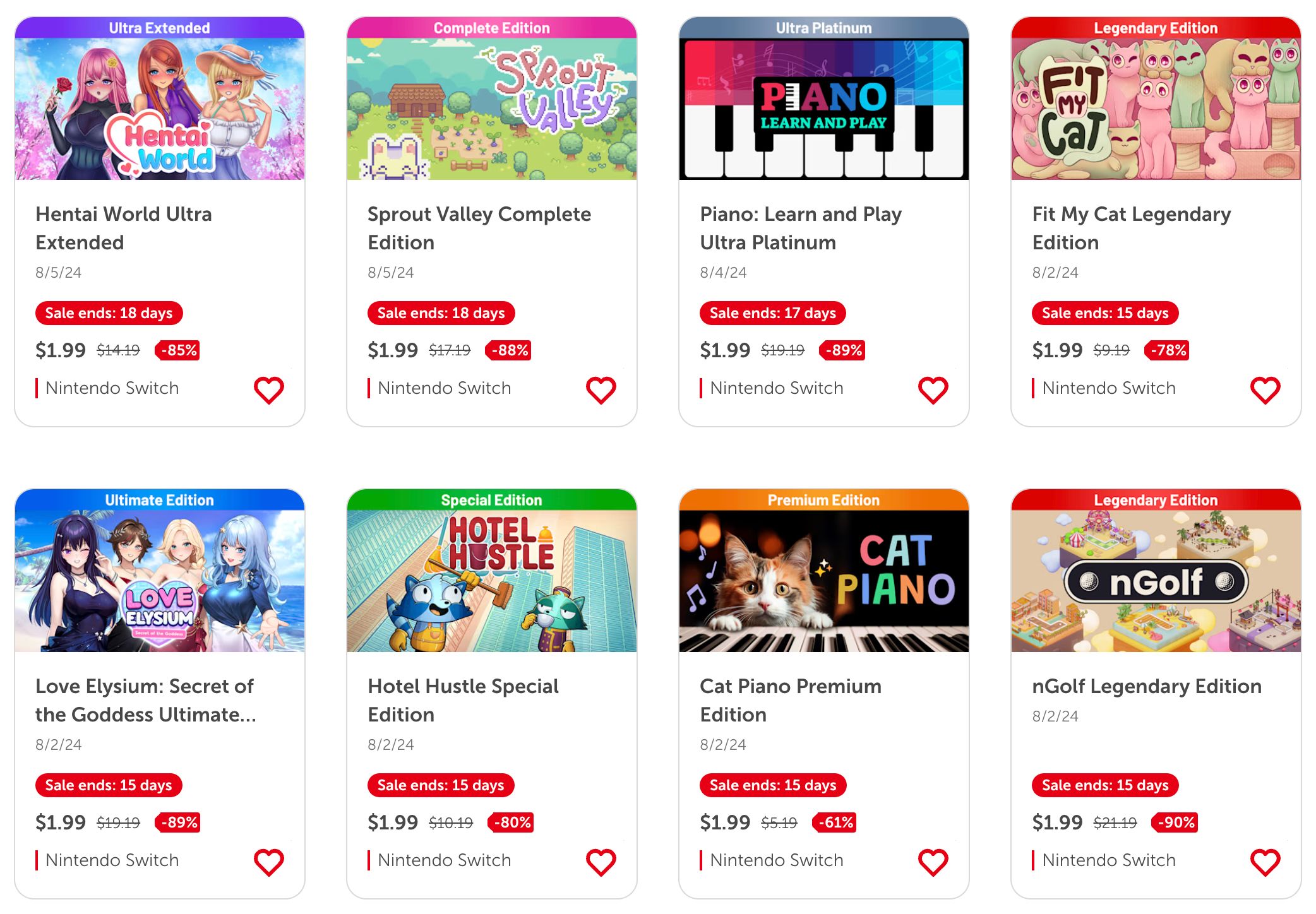Key Takeaways
- Shovelware refers to low-quality software “shoveled” out hastily, with little care or consideration to what value is being provided.
- Popular platforms like Steam and the Nintendo Switch eShop (and previously the Wii) are home to a plethora of shovelware due to large install bases.
- Signs of shovelware include low prices, imitation of successful releases, and games that rely almost entirely on pre-purchased assets.
The term “shovelware” is a negative term often used to describe video games and other software that is best avoided. Here’s how you can spot it so that you don’t waste your money.
Shovelware Is Poor Quality Software
“Shovelware” refers to software that is “shoveled” out in large quantities, with little care. It’s often used when referring to video games and software tools that are of poor quality, and that provide little value (which is often reflected in the price).
The term is also used to describe pack-in software that comes with other (often higher-quality) games and tools, or whole software bundles. The term was once commonly used to describe CD-ROM compilations that contained lots of games or software in a single package, taking a quantity-over-quality approach. The idea was to convince buyers that these compilations were worth buying due to the sheer number of items included, when in reality very few of the inclusions were worth anything at all.
Nowadays the term “shovelware” is more likely to apply to an individual product, particularly when it comes to video games. Even mobile apps can be considered shovelware given the relative ease of creating and distributing low-effort software.
Online Stores Are Full of Shovelware
Generally speaking, the more popular a platform becomes, the more shovelware becomes available for it. The Nintendo Wii was a hugely popular home console, and it became notorious for shovelware due to the sheer number of consoles that found their way into living rooms across the globe.
Sellers only need to convert a relatively low percentage of console owners into buyers of whatever they’re shoveling in order to turn some sort of profit. Since the overheads for producing poor-quality goods are low, the profit margins can be high.
The Nintendo Switch has followed in the Wii’s footsteps, becoming Nintendo’s most successful console to date. This has made the storefront difficult to navigate. The Switch eShop is so full of shovelware that we recommend using the store using a web browser on a different device instead.
Other platforms like Steam, the PlayStation Store, Apple’s App Store, and Google Play make it easy to peddle low-quality software.
Telltale Signs of Shovelware
Since shovelware is a form of scam, the old adage rings true: if it looks too good to be true, it probably is. Shovelware is often sold for very little money, particularly compared to the high-quality releases it can appear alongside. Sometimes it’s perpetually on sale, spending more time at a discounted rate than at its “full” price.
Shovelware may also be designed to look like other much more successful releases. One trick is to convince buyers to think they’re buying from a reputable series. Another technique is to make a product appear adjacent to the real deal so that a potential buyer will think the purchase is worth it because they enjoyed a similar release.
In terms of software, be weary of getting more than you bargained for. If you’re looking for a video editor and the developer is selling a whole suite of apps for the same price of entry, that’s a red flag. Quality software (like Serif’s Affinity suite) is available for a discounted all-in-one price, but you’ll pay significantly more and save only a reasonable amount (rather than feeling like you bought a single app and got seven others for free).
Another technique often used by shovelware vendors is the repackaging of old releases into “new” bundles in order to game distribution platforms. This is common on the Nintendo Switch eShop, where “new” Switch games are released again with minor changes in order to appear in the “New Releases” section.
Asset flips are another form of shovelware. Many game developers use pre-made assets in their games to speed up development, but “asset flips” rely almost entirely on pre-made elements. Some go as far as repackaging other people’s work or demo files and selling them for a profit.
Save Money With Sales Not Shovelware
The best way to get your hands on cheap software and games is to buy at opportune moments, like during a Steam sale or by using a price tracker like DekuDeals.





